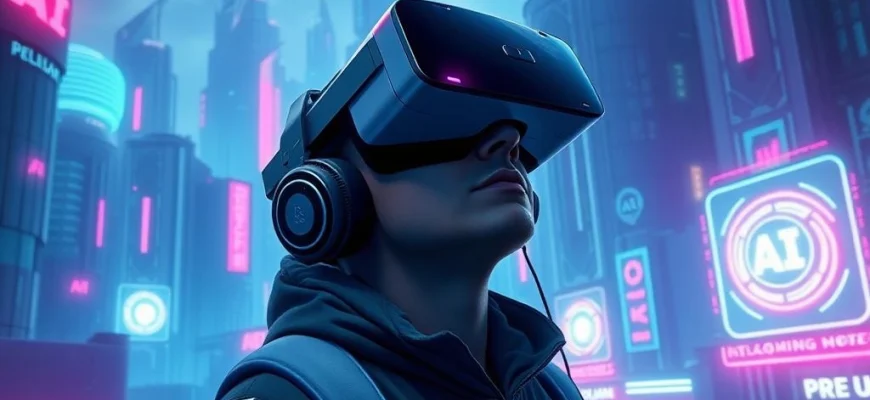If you loved the cyberpunk thriller 'Virtual Revolution' (2016) and its gripping exploration of a dystopian digital world, you're in for a treat. This article highlights 10 similar movies and shows that dive into virtual realities, AI conspiracies, and futuristic societies. Whether you're a fan of high-tech action or thought-provoking sci-fi, these picks will keep you on the edge of your seat.
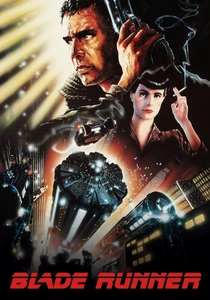
Blade Runner (1982)
Description: A cyberpunk classic exploring themes of artificial intelligence, identity, and dystopian futures, with a visually striking neo-noir aesthetic.
Fact: The film's iconic rain-soaked cityscapes were inspired by the visual style of Hong Kong. The original theatrical release featured a voice-over narration that was later removed in the Director's Cut.
 Watch Now
Watch Now 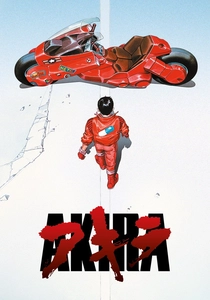
Akira (1988)
Description: A landmark anime featuring a dystopian future, psychic powers, and societal collapse, with stunning animation and deep philosophical themes.
Fact: The film's production involved over 160,000 animation cels. It was one of the first anime films to use digital ink and paint techniques.
 Watch Now
Watch Now 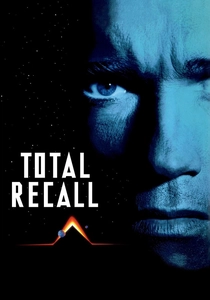
Total Recall (1990)
Description: A sci-fi action film that questions reality and memory, set in a futuristic world with advanced technology and corporate conspiracies.
Fact: The film's special effects were groundbreaking for their time, including the famous three-breasted woman. It was based on a Philip K. Dick short story.
 Watch Now
Watch Now 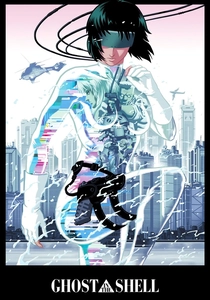
Ghost in the Shell (1995)
Description: An anime masterpiece that explores cybernetics, consciousness, and the merging of human and machine, set in a futuristic urban landscape.
Fact: The film's visual style heavily influenced later cyberpunk works, including The Matrix. It was one of the first anime films to gain widespread international acclaim.
 Watch Now
Watch Now 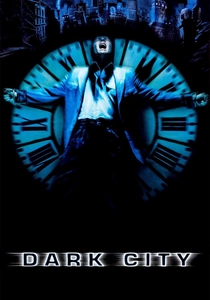
Dark City (1998)
Description: A neo-noir sci-fi film that blends mystery with existential questions about identity and reality in a constantly shifting urban environment.
Fact: The film's sets were built on the same stages as The Matrix. Director Alex Proyas insisted on no sunlight appearing in any scene to maintain the film's unique atmosphere.
 Watch Now
Watch Now 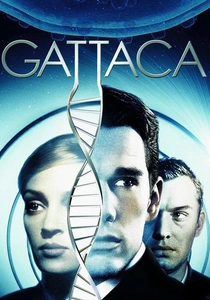
Gattaca (1997)
Description: A thoughtful sci-fi drama about genetic engineering and societal discrimination, set in a near-future where DNA determines one's destiny.
Fact: The film's title is composed entirely of letters representing DNA nucleotides. The production used real NASA facilities for some of its locations.
 Watch Now
Watch Now 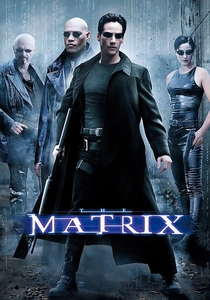
The Matrix (1999)
Description: A groundbreaking sci-fi film that delves into virtual reality, human-machine conflict, and the nature of reality, featuring high-tech action and philosophical undertones.
Fact: The film's bullet time effect revolutionized action cinematography. The script was initially written as a comic book before being adapted into a movie.
 Watch Now
Watch Now 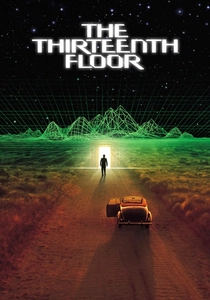
The Thirteenth Floor (1999)
Description: A cerebral sci-fi thriller that examines simulated realities and the nature of existence, with a noir-inspired visual style.
Fact: The film was released the same year as The Matrix but received less attention. It was based on the 1964 novel Simulacron-
 Watch Now
Watch Now 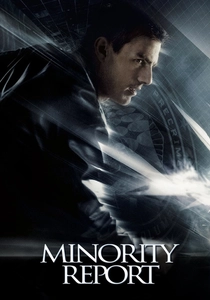
Minority Report (2002)
Description: A futuristic thriller exploring free will versus predestination, featuring advanced technology and a society where crimes can be predicted before they occur.
Fact: The film's touchscreen interfaces predicted real-world technology like smartphones and tablets. Scientologists consulted on the film's depiction of precognition.
 Watch Now
Watch Now 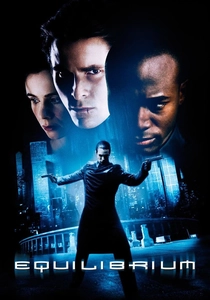
Equilibrium (2002)
Description: A dystopian action film set in a future where emotions are suppressed, featuring stylized combat and themes of rebellion against oppressive systems.
Fact: The film's gun kata fighting style was created specifically for the movie. It was shot in Berlin, using locations that still showed damage from World War II.
 Watch Now
Watch Now 
